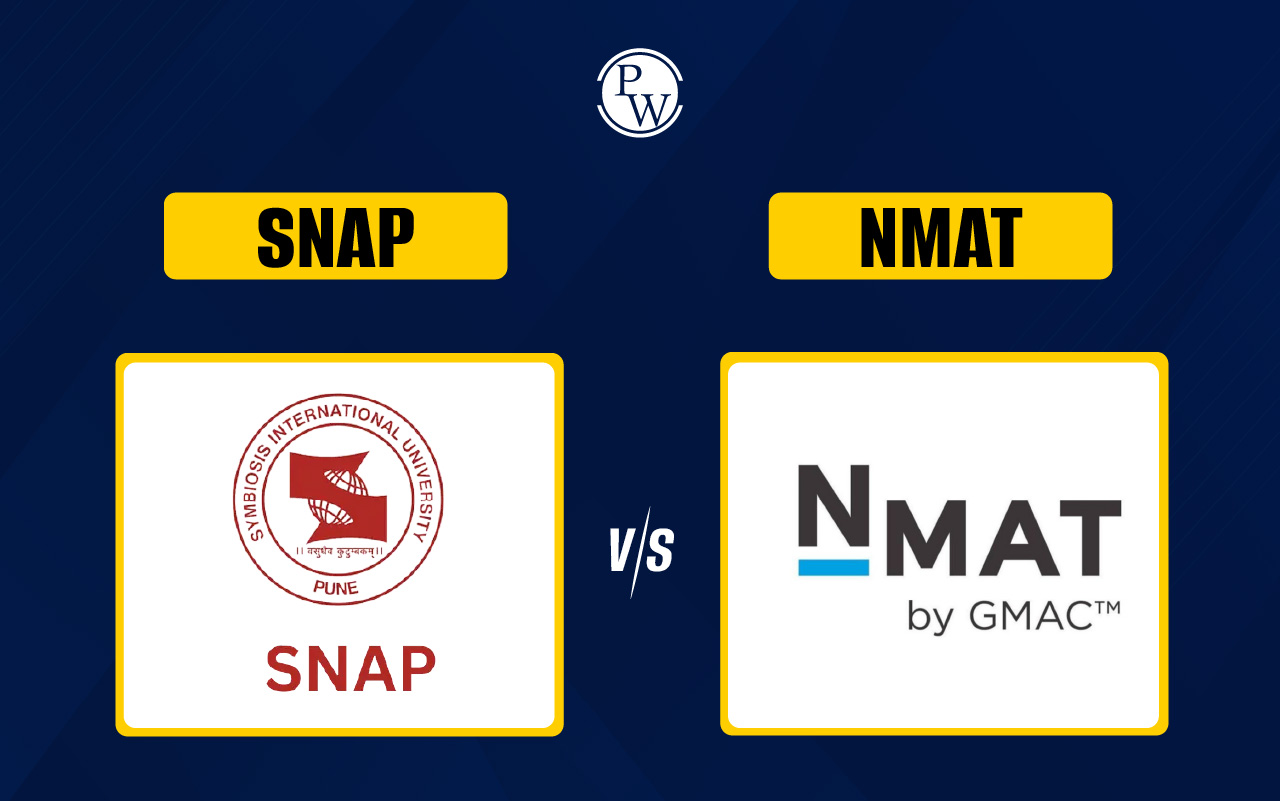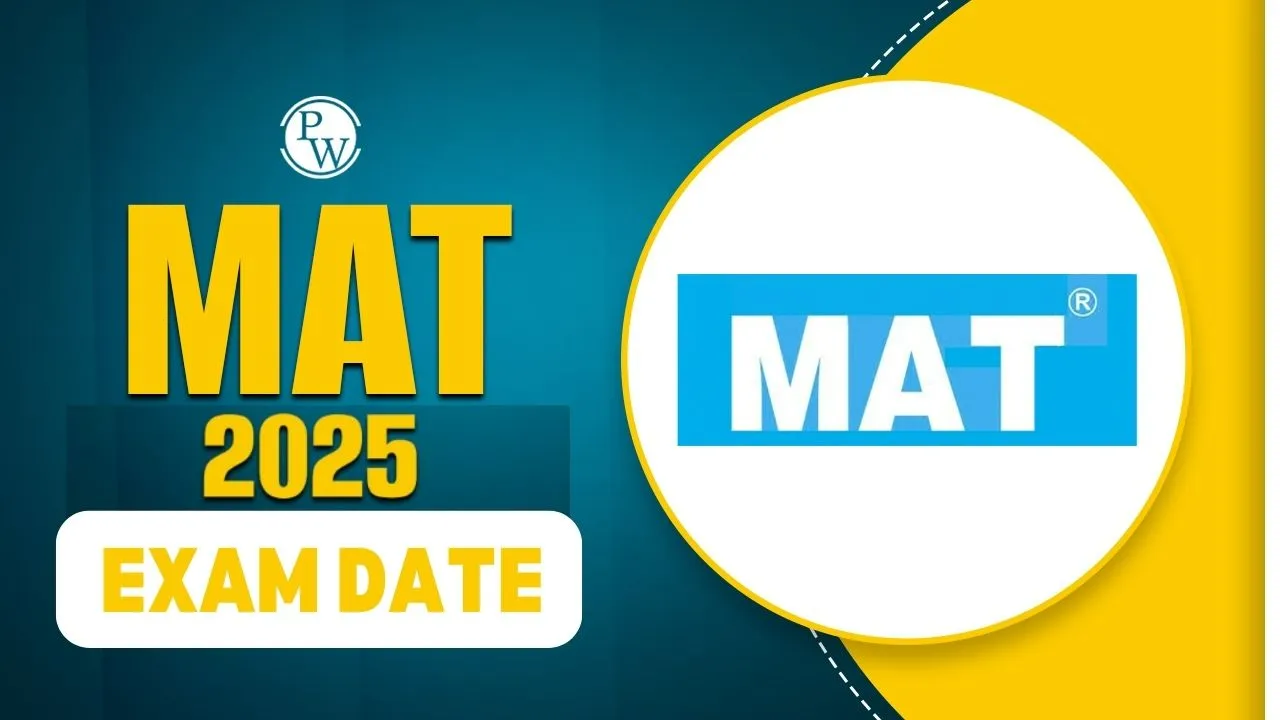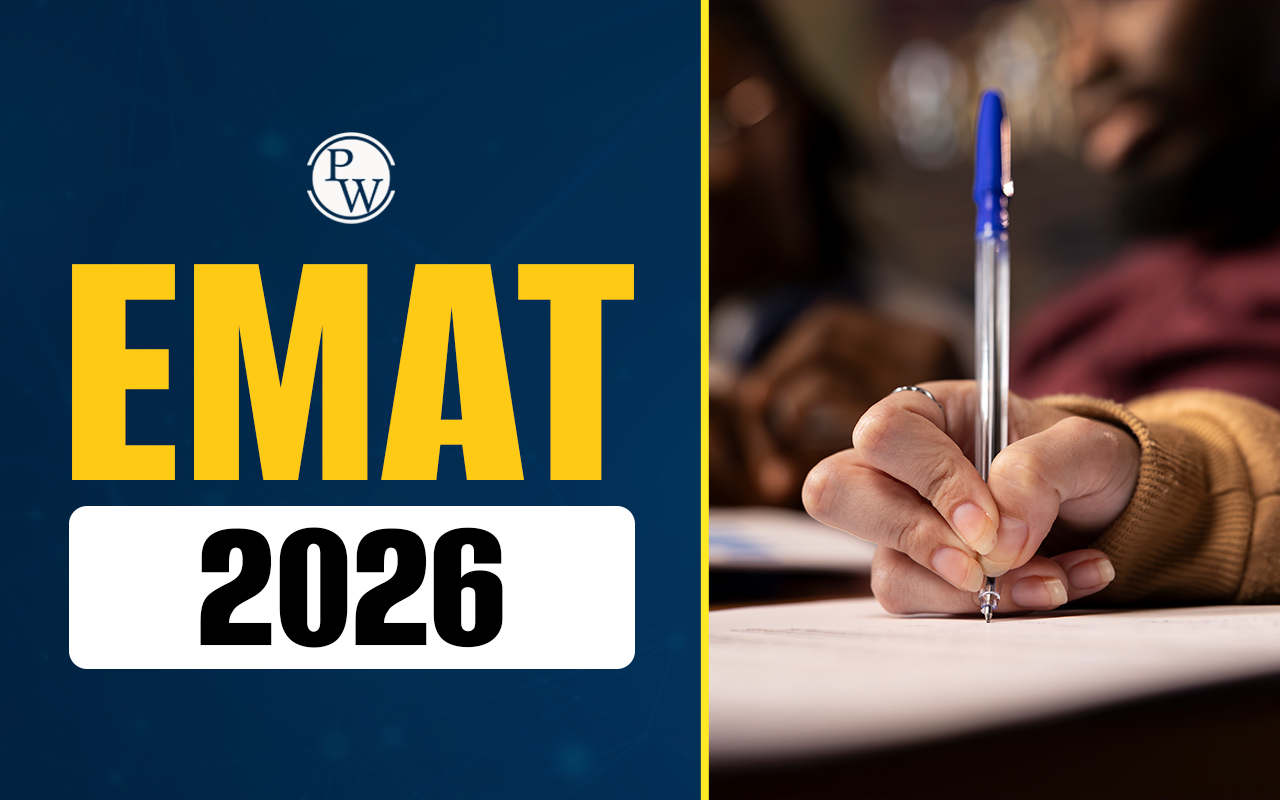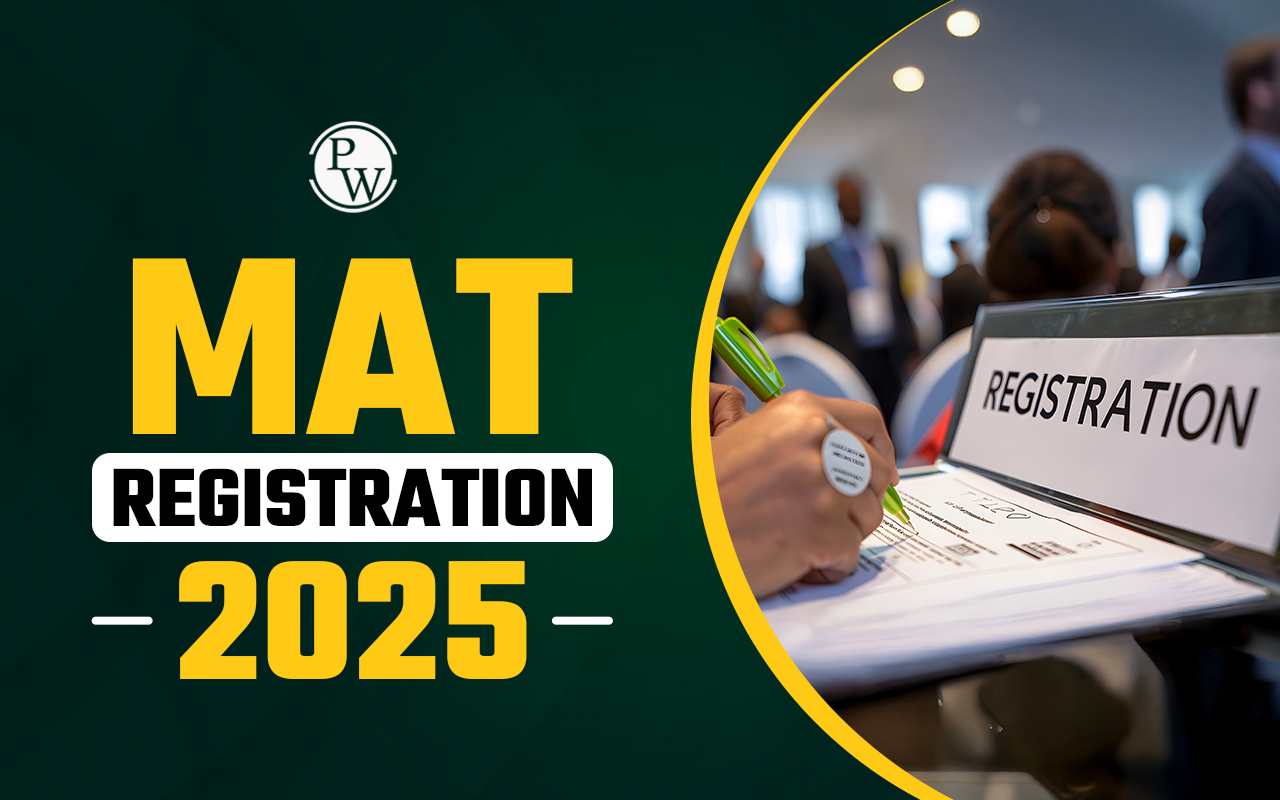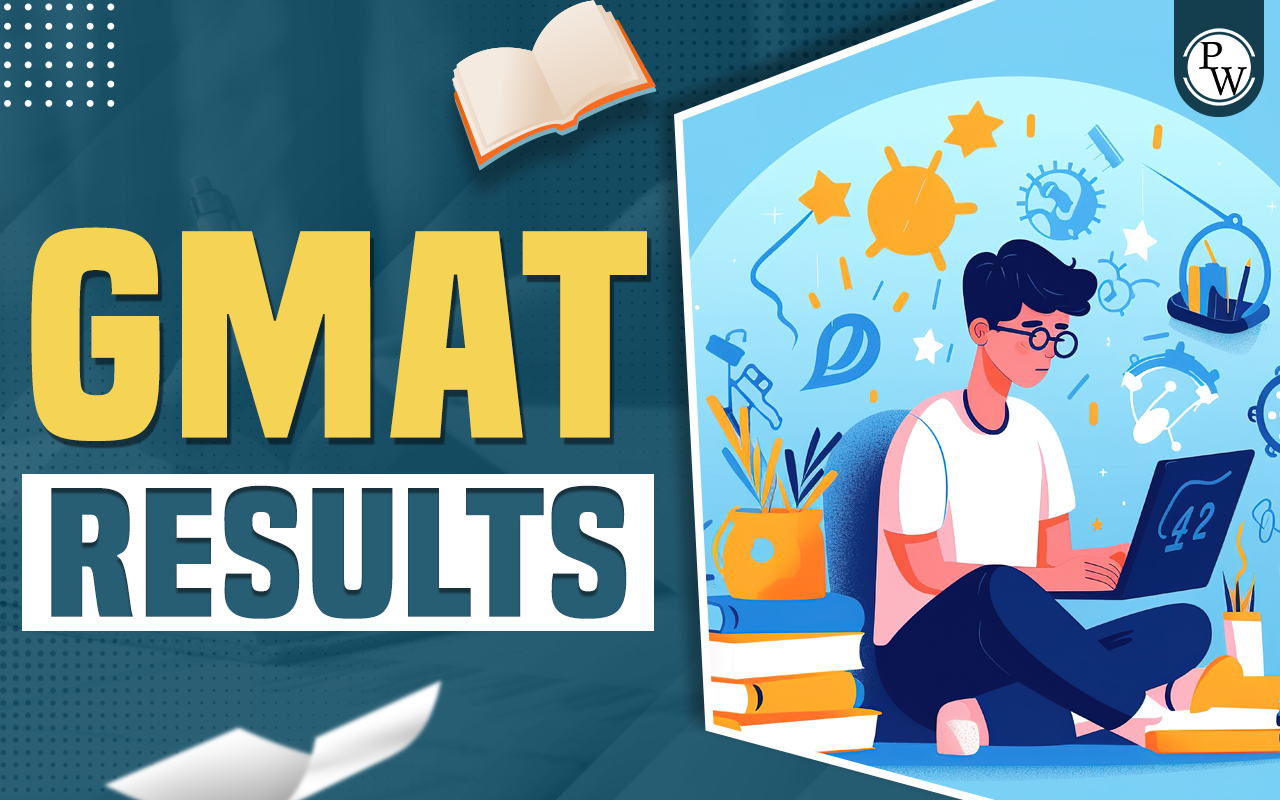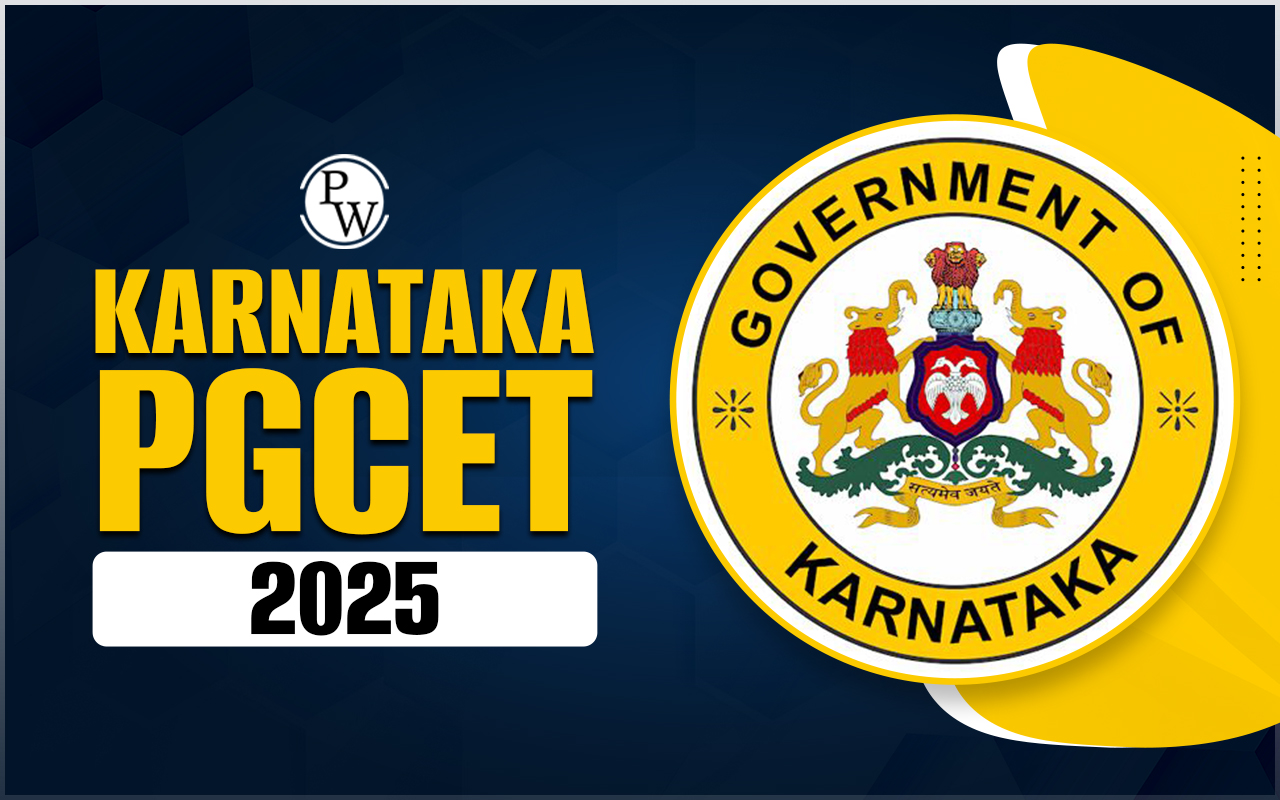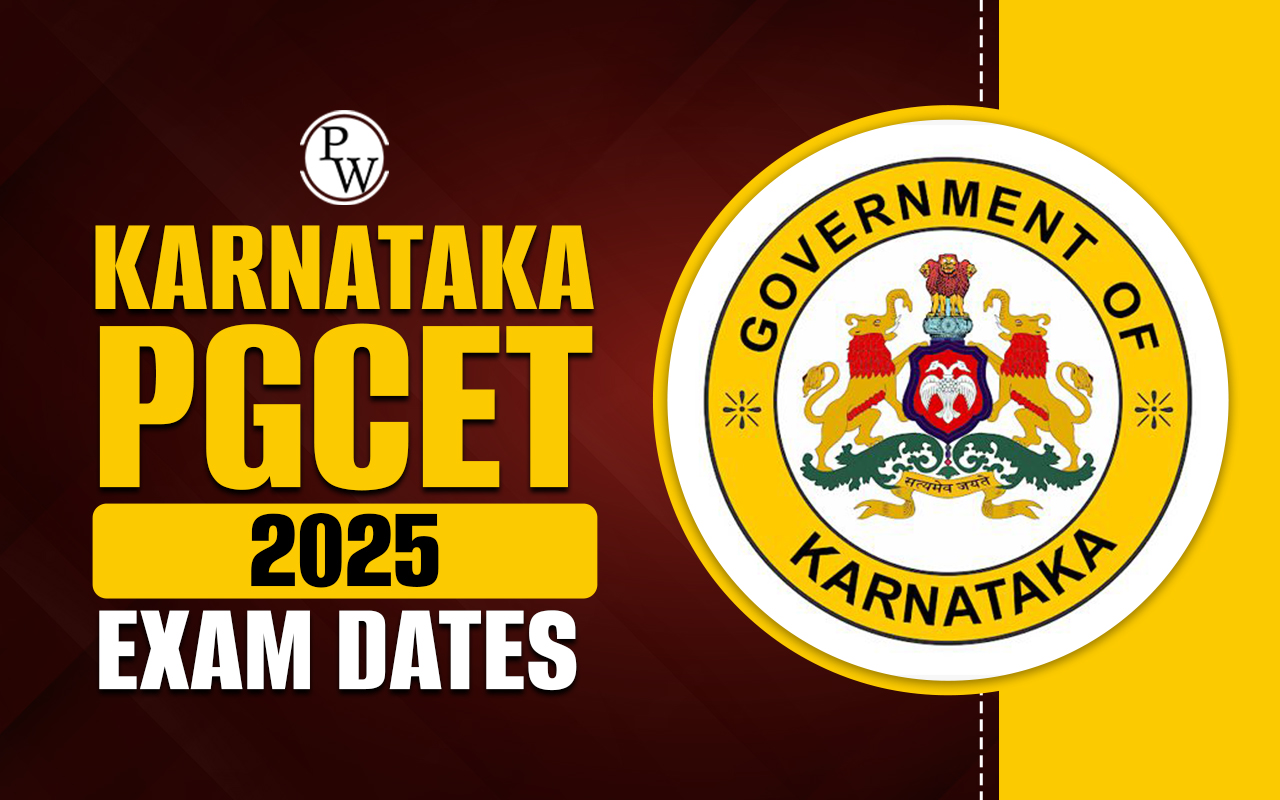
Praxis Aptitude Test is a university-level entrance examination conducted for admission to postgraduate programmes, including the PGP in Data Science at Praxis Tech School, Kolkata. The nine-month PGP programme is designed to provide advanced knowledge and practical skills in data science. Candidates seeking admission can appear for the PAT or other national-level entrance exams.
Admission to AICTE-approved courses, such as the PGDM at Praxis Business School, is determined based on scores from recognized tests, including CAT, XAT, GMAT, GRE, CMAT, and MAT. The PAT comprises 120 multiple-choice questions across five sections: Data Analysis, Numerical Ability, Critical Thinking, Verbal Ability, and Reasoning Ability, completed within 120 minutes. This test evaluates analytical and reasoning skills essential for success in postgraduate management and technology programmes.
What is the PAT?
PAT full form as the Praxis Aptitude Test is a written assessment evaluating a candidate’s logical reasoning, quantitative ability, and verbal skills. It is mandatory for admission into various management programmes at Praxis Business School.
| What is the PAT? | |
| Aspect | Details (2025) |
| Full Form | Praxis Aptitude Test (PAT) |
| Conducted By | Praxis Business School |
| Exam Type | Pen-and-paper / Online |
| Mode | Offline / Online (depending on intake) |
| Duration | 90 – 120 minutes |
| Maximum Marks | 100 – 120 (varies by intake) |
| Language | English |
| Frequency | Multiple intakes per year |
Praxis Aptitude Test Eligibility
Students and candidates aspiring to appear in PAT need to fulfil certain eligibility criteria. Check the table below to know the detailed Praxis Aptitude Test Eligibility requirements.
| Praxis Aptitude Test Eligibility | |
| Eligibility Criteria | Details |
| Academic Qualification | Bachelor’s or Master’s degree in any stream from a recognised university or equivalent. Final year graduation students can also apply, subject to the submission of the final year mark sheet or passing certificate within the stipulated date. |
| Standardized Test Scores | Candidates with CAT, XAT, GMAT, GRE, CMAT, or MAT scores can apply. The best score among submitted tests will be considered for admission. |
| Additional Test Scores for PGP in Business Management | CMAT and MAT scores can also be submitted for candidates applying to the two-year PGP program. |
| Selection Criteria | - Academic performance- Professional qualifications- Extra-curricular activities- Work experience- Performance in Essay Writing and Personal Interview |
| Final Selection | Based on test scores, candidate profile, and performance in Essay Writing and Personal Interview. |
PAT Exam Selection Process
The admission to Praxis Business School through the Praxis Aptitude Test (PAT) 2025 involves multiple stages. The final selection is based on performance across all stages, academic record, and professional experience. Check the table below to understand the complete process.
| PAT Exam Selection Process | |
| Step | Description |
| Step 1: PAT 2025 Application Form | Candidates must fill out the online PAT 2025 application form available on the official Praxis website (praxis.ac.in). The application fee of INR 1,500 can be paid via Credit/Debit Card or Net Banking. Submission of the form and payment is mandatory to appear for the test. |
| Step 2: PAT 2025 Admit Card | Admit cards are issued online. The document is required to appear for the exam and contains the candidate's details, a photograph, and instructions. Candidates should preserve it until the completion of the admission process. |
| Step 3: PAT 2025 Exam | The test is conducted online in a proctored mode from the candidate’s home. It consists of 120 questions to be solved within 120 minutes. Sections include Data Analysis, Numerical Ability, Critical Thinking, Verbal Ability, and Reasoning Ability. |
| Step 4: PAT 2025 Result | Results are released online, usually within two days after the exam. Candidates can access their scorecard using their login credentials. Shortlisted candidates will be notified for the next stage. |
| Step 5: Final Selection Round | Shortlisted candidates appear for essay writing, psychometric assessment, and a personal interview. Admission is offered to those who successfully clear all selection rounds. |
| Mode of Exam | Online proctored mode, allowing candidates to take the test from home. This mode has been continued since 2020 due to COVID-19 adjustments. |
PAT Exam Syllabus
Preparation for PAT can only begin and be boosted via the PAT Exam Syllabus. Here is the below table carries a complete detailed table for PAT Exam that candidates need to follow.
| PAT Exam Syllabus | ||
| Section | Topics Included | Details / Subtopics |
| Quantitative Ability | Arithmetic, Algebra, Geometry, Percentages, Ratio & Proportion, Data Interpretation | Questions assess numerical problem-solving skills, including basic arithmetic operations, algebraic equations, geometric calculations, percentage and ratio problems, and interpretation of data from charts, graphs, and tables. |
| Logical Reasoning | Puzzles, Series, Coding-Decoding, Blood Relations, Syllogisms | This section evaluates analytical thinking and reasoning skills. Candidates solve pattern series, logical puzzles, coding-decoding problems, relationships (blood relations), and syllogism-based questions to test critical thinking. |
| Verbal Ability | Reading Comprehension, Vocabulary, Grammar, Sentence Correction | Tests language proficiency, including understanding passages, identifying correct grammar usage, expanding vocabulary, and improving sentence structure. Reading comprehension passages assess interpretation and inference skills. |
| General Awareness | Current Affairs, Business Knowledge, Economics Basics | Measures knowledge of national and international events, financial markets, business trends, and fundamental economic concepts. Candidates are expected to stay updated on recent developments in business, technology, and global affairs. |
Praxis Aptitude Test Questions
The PAT exam includes multiple-choice questions that test analytical thinking, numerical ability, and verbal reasoning. The table below provides a gist of the number of questions, division and the topics that are mostly covered in each.
| Praxis Aptitude Test Questions | ||
| Section | No. of Questions | Topics Covered |
| Quantitative Ability | 30–40 | Arithmetic, Algebra, Geometry, Data Interpretation |
| Logical Reasoning | 20–30 | Puzzles, Series, Critical Reasoning |
| Verbal Ability | 20–30 | Grammar, Vocabulary, Reading Comprehension |
| General Awareness | 10–20 | Current Affairs, Business Awareness |
PAT Exam Question Paper Pattern
Here is the table carrying a detailed description of the PAT Exam Question Paper Pattern. Check the number of question, marks they carry along with the time duration that one needs to tackle pace with.
| PAT Exam Question Paper Pattern | |||
| Section | No. of Questions | Marks | Time |
| Quantitative | 35 | 35 | 40 min |
| Logical | 25 | 25 | 30 min |
| Verbal | 25 | 25 | 30 min |
| General Awareness | 15 | 15 | 20 min |
| Total | 100 | 100 | 120 min |
Praxis Aptitude Test FAQsion
What is the full form of PAT?
Who is eligible to appear for PAT 2025?
What is the PAT exam pattern?
How is PAT 2025 conducted?
What is the selection process after PAT?



